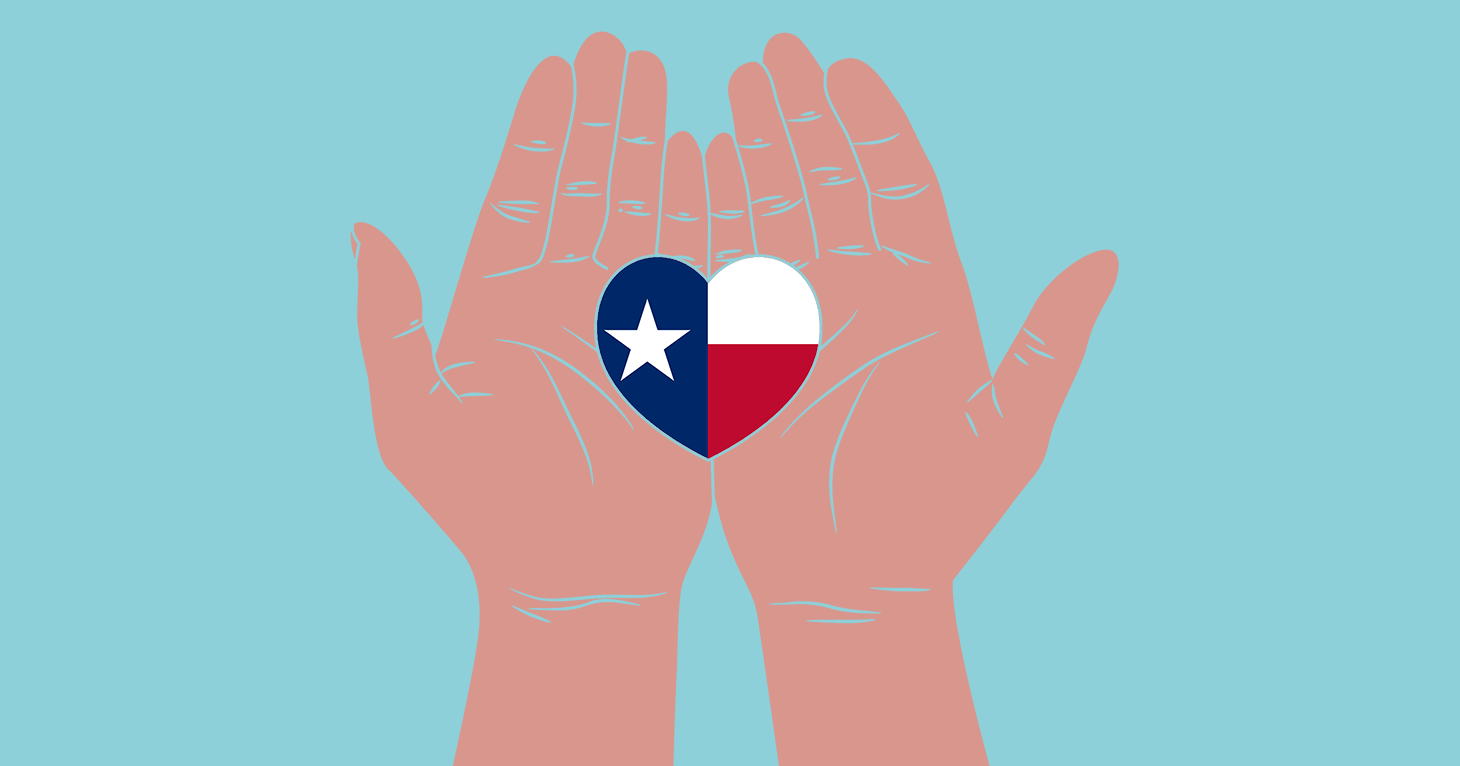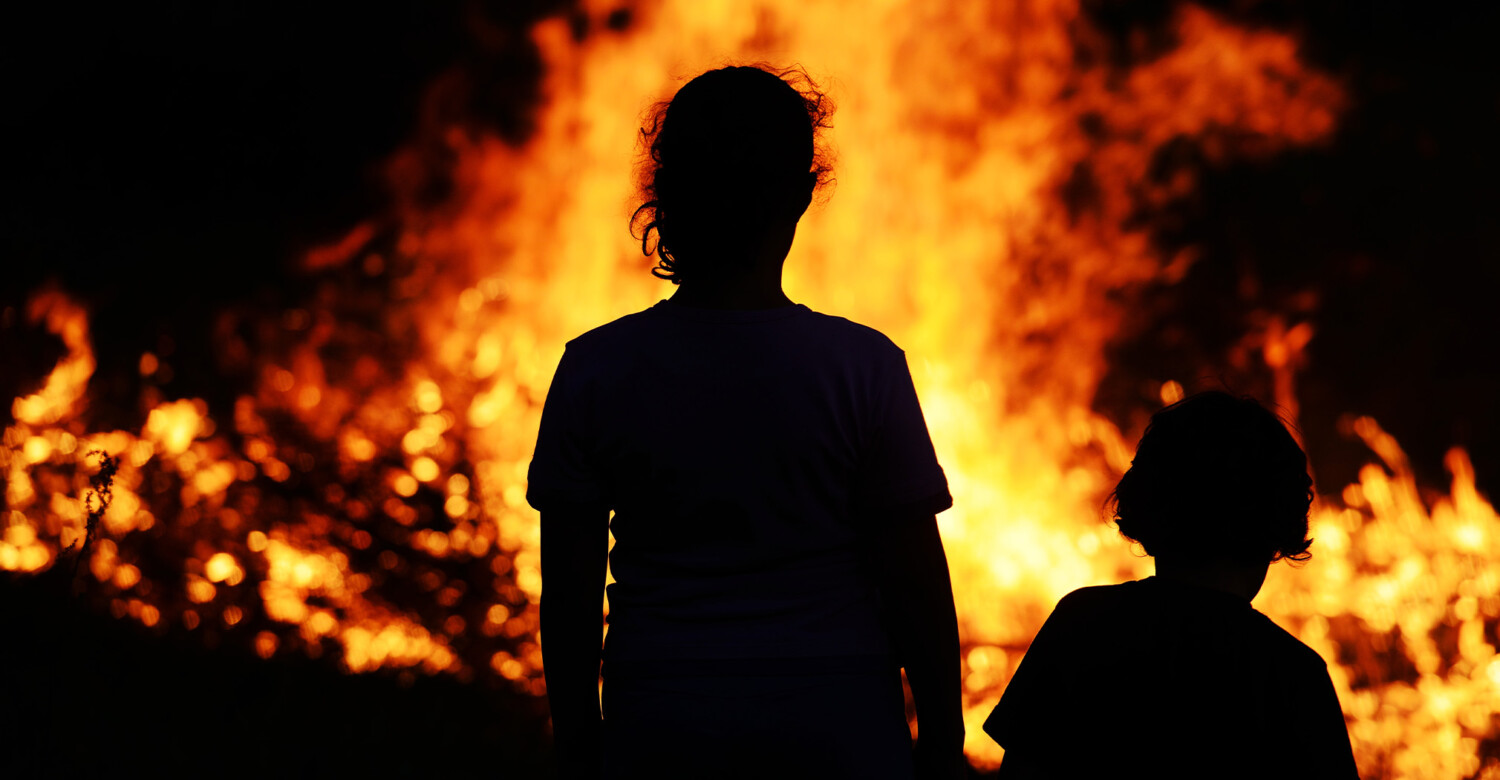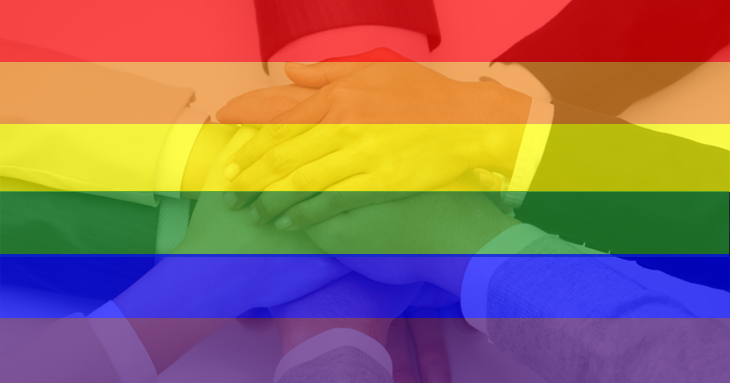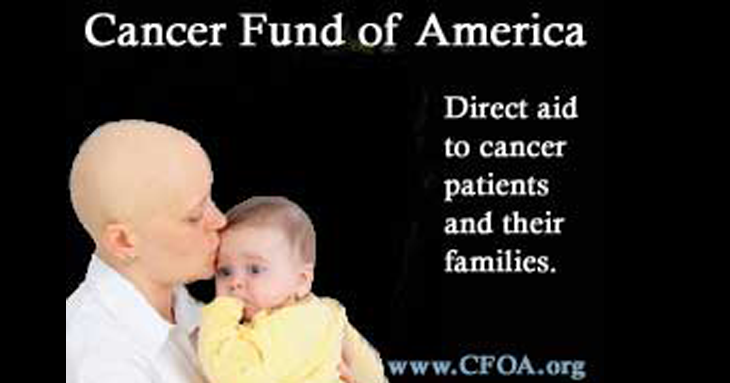
Helping Harvey Victims — and Avoiding Charity Scams
If you’re going to give, give wisely.
The California wildfires have consumed more than 40,000 acres in Los Angeles County. From a property damage standpoint, the two fires responsible for most of the damage – the Eaton and Palisades fires – both already rank among the most costly in U.S. history, with thousands of homes and hundreds of schools, churches and commercial businesses destroyed in those two fires alone. Then there’s the human toll: At least two dozen people have been killed in the fires.
With all this devastation, and the potential for things to get even worse, you may be wondering what you can do to help. Sending money is one of the most impactful ways to make a difference. But before you donate, you need to make sure your money is actually going to relief and recovery efforts and not a scammer.
“Over and over, we are seeing scams involving charities, where people who want to donate either money or services to the recovery effort are being targeted,” LA County District Attorney Nathan Hochman said at a news conference last week.
Here’s what you need to do before you give:
The bottom line: If you want to donate, it’s crucial that you give to an established organization that has the infrastructure to distribute aid where it’s needed and is specific about how the money raised will be used to help victims.
After you’ve done your research, the safest way to donate is by credit card or check, according to the FTC. The agency warns against paying with wire transfers or gift cards.
If you believe that a fake charity has contacted you or if you have been a victim of a charity scam, you can contact your local state attorney general’s office, as well as the FTC, and file a complaint. You can also alert TINA.org here.
If you’re going to give, give wisely.
What you need to know before you give.
FTC and all 50 states join together for first time to end one of the largest charity frauds in history.


